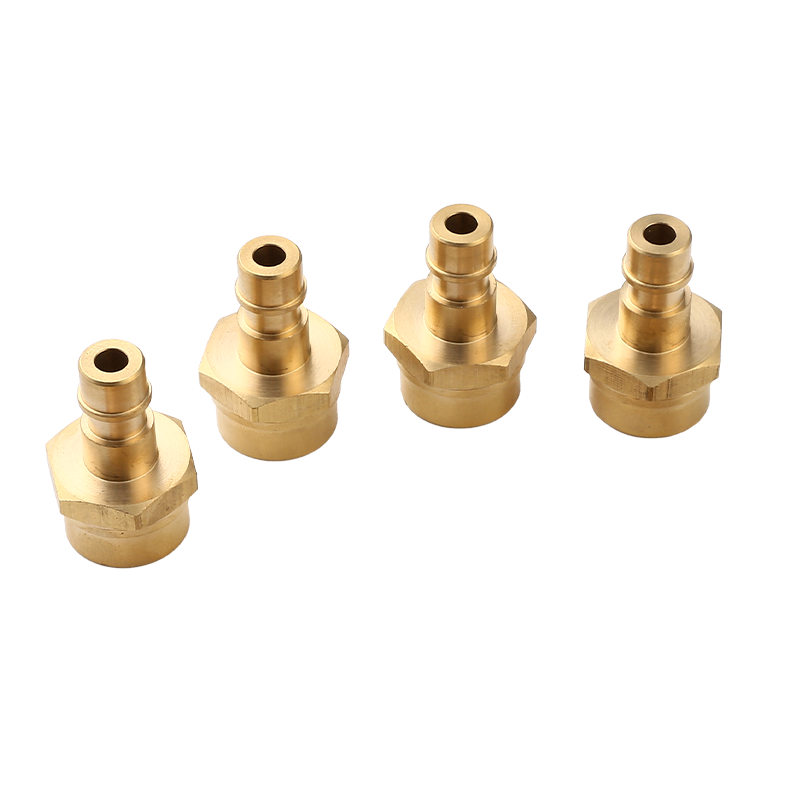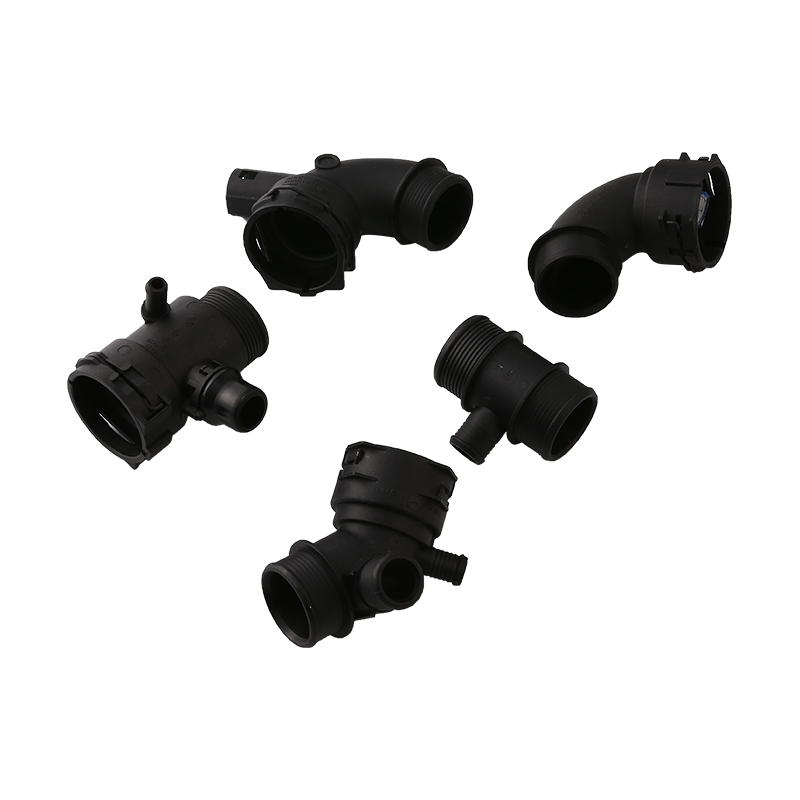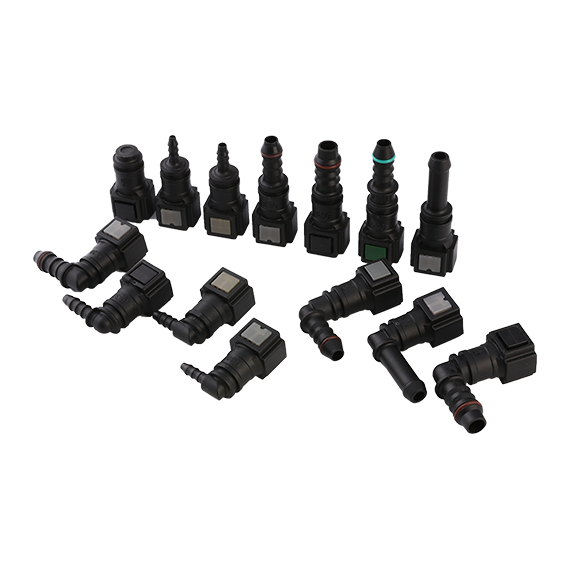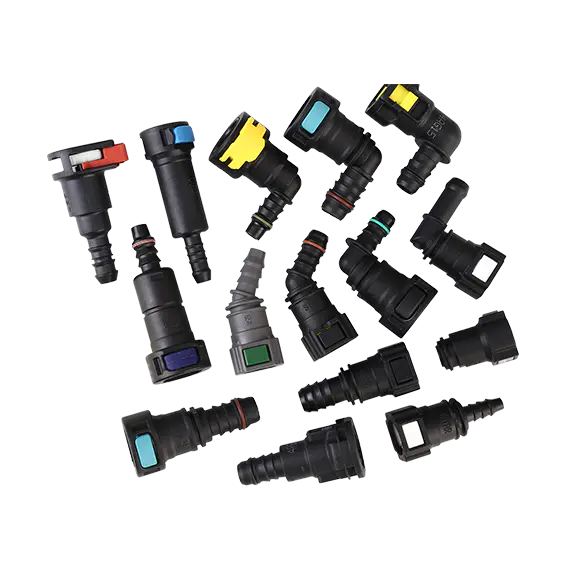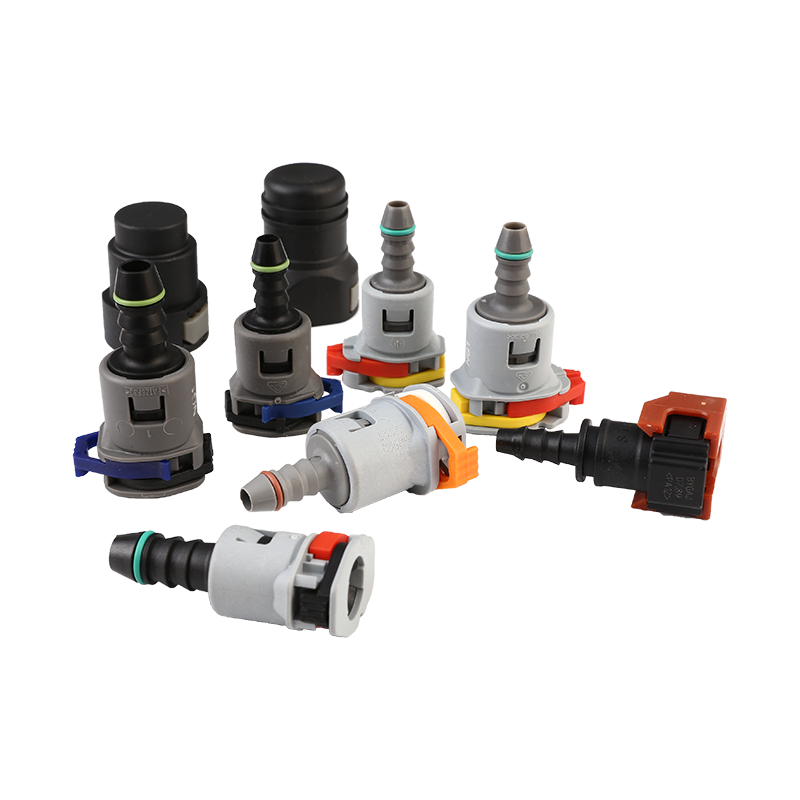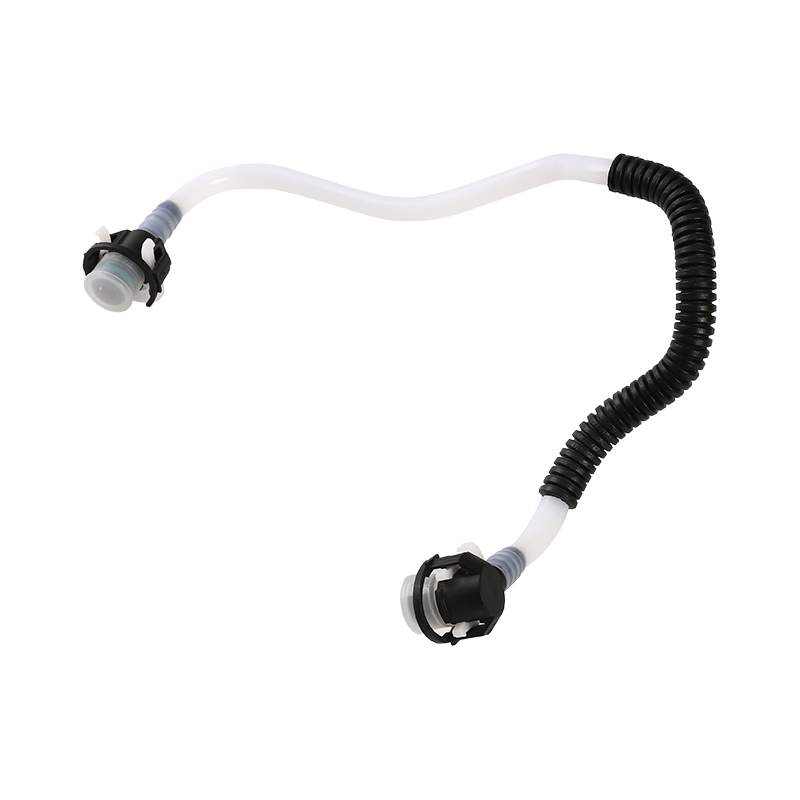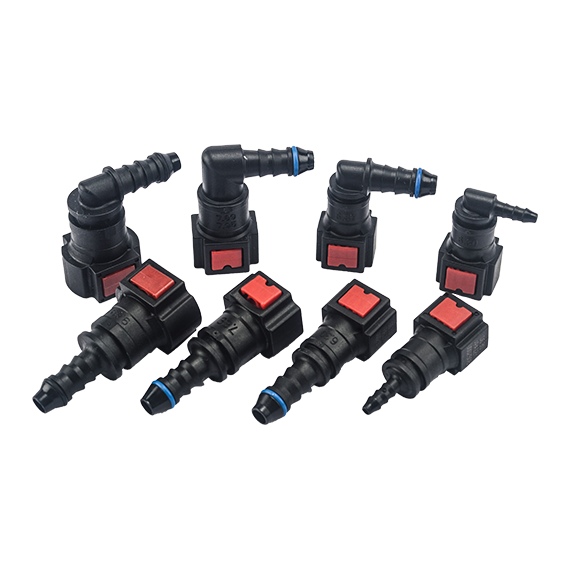Why Replace Fuel Line Coolant Hose Regularly?
For safe and effective operation, car fuel pipe connectors and fuel line coolant hoses are essential in fuel systems that use active cooling or in systems where fuel is routed close to hot zones. While connectors ensure secure, leak-free junctions, the fuel line coolant hose helps regulate temperature to avoid vapor lock, fuel overheating, and stress on adjacent components. Even with high-quality design and materials, gradual aging and environmental exposure will degrade these parts over time.
Why Replacement Is Necessary: Mechanisms of Degradation
Over time, even well-made hoses succumb to wear. Here are the main mechanisms that drive the need for replacement:
1. Thermal Aging & Material Fatigue
Repeated heating and cooling cycles cause expansion and contraction, which gradually weakens the hose’s inner and outer material layers. Micro-cracks, delamination, or brittleness can develop.
Over time, the hose may lose elasticity, making it more prone to cracking or rupture under pressure.
Exposure to heat from nearby engine components or glycol can accelerate aging.
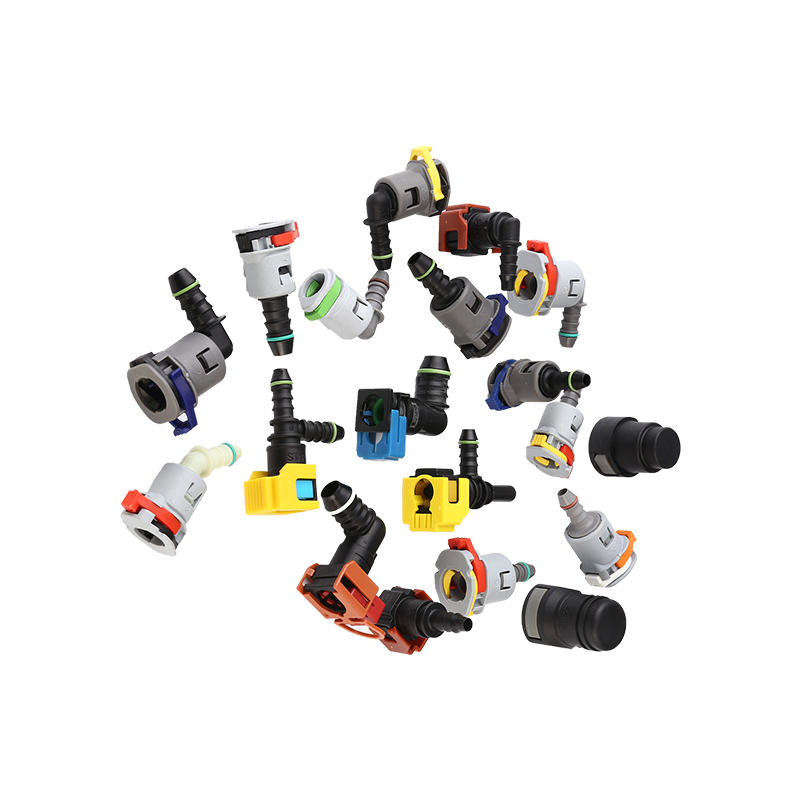
2. Chemical & Coolant Exposure
Coolants often contain additives (corrosion inhibitors, anti-freeze agents) that may chemically interact with hose materials over time, causing to embrittlement or degradation.
Contaminants or debris in the coolant can erode inner surfaces, thinning wall thickness.
If the hose shares proximity with the fuel system, occasional exposure to fuel vapors or minor seepage may further stress the material.
3. Vibration, Motion & Mechanical Stress
Engines vibrate, especially under load. Over time, slight movements cause wear points, rubbing, or abrasion against adjacent structures.
Hose bends, clamps, or brackets may impose local stress or “chafe” zones where material fatigue accelerates.
Differential expansion between hose, connector, and mounting surfaces may cause to stress at junctions.
4. Loss of Sealing Integrity & Clamps Aging
Over years, clamps lose tension, degrade, or corrode, making them less effective.
Hose ends may deform, flatten, or wear at clamp zones, contributing to creeping, leakage, or blow-off under pressure.
Sealing surfaces (where the hose meets connectors or fittings) degrade: the interface may become uneven or lose contact precision.
Risks & Consequences of Delaying Replacement
Delaying the replacement of a degraded fuel line coolant hose can cause to a cascade of negative outcomes affecting the entire fuel and cooling subsystem, including:
Fuel overheating & vapor lock: As the fuel loses cooling, it may vaporize under high temperature, causing erratic fuel delivery or engine stalling.
Increased stress on connectors: Higher temperatures and pressure fluctuations at the junctions may overload car fuel pipe connectors, risking leaks or connector failure.
Coolant leaks: A failed hose may leak coolant, reducing cooling capacity and possibly causing engine overheating.
System contamination: A ruptured hose may allow ingress of debris, rust, or air into the coolant circuit, thereby harming pump performance or blocking passages.
Catastrophic failure: In worst cases, hose collapse or burst can cause sudden loss of cooling, fuel overheating, or even fire hazards in adjacent areas.
When and How Often to Replace
Here are guidelines and considerations to help determine replacement intervals:
Time-based replacement: Many experts recommend replacing coolant-adjacent hoses every 4–6 years, depending on operating conditions.
Mileage-based guidelines: In high-mileage or heavy-duty vehicles, consider replacing every 60.000–100.000 miles (or more often in harsh environments).
Condition-based triggers: If inspections reveal signs of aging (cracks, bulges, stiffness, discoloration), replace the hose immediately even if within interval.
High-stress use cases: In performance vehicles, hot climates, or applications with frequent thermal cycling, adopt shorter intervals (e.g. every 3–4 years).
In sum: use a mix of scheduled replacement plus condition checks for good safety and performance.

 English
English
 Español
Español


